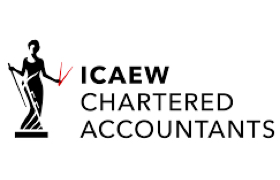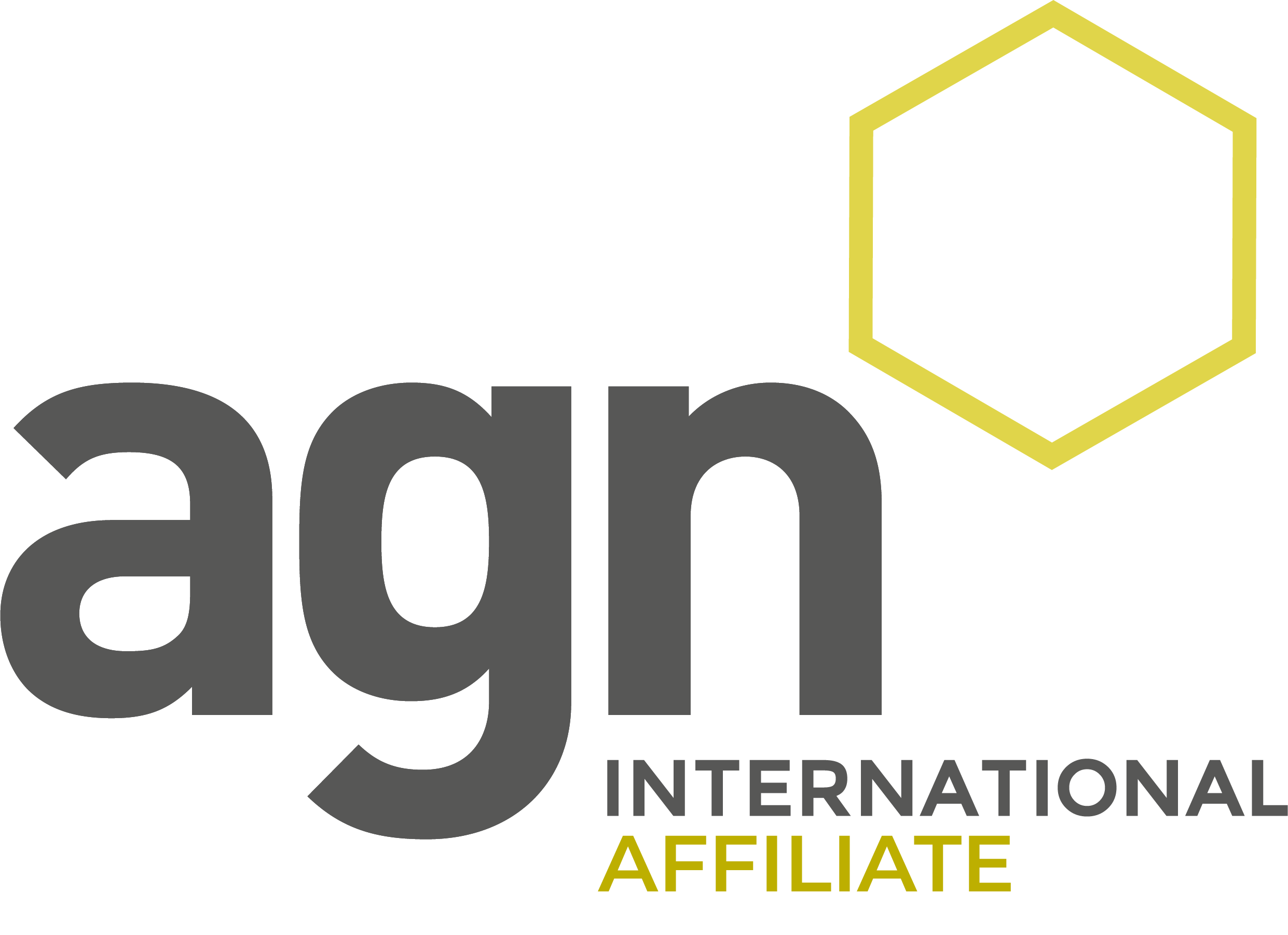Can the child benefit charge be fixed?
- 20th April 2022
A critical review of how the government taxes child benefits has raised a major question mark over HMRC’s approach to collecting payments.
Child benefit tax, or the High-Income Child Benefit Charge (HICBC) to use its legal name, is a case study in how not to introduce and operate a tax. It was designed as a quick fix to political pressure for the withdrawal of child benefit from high earners during a period of austerity.
When the HICBC was introduced in January 2013 – not even the start of a tax year – broadly speaking, it applied if either parent had ‘adjusted net income’ of over £50,000. At the time, the higher rate income tax threshold throughout the UK was £42,475, meaning the ‘high income’ label had some meaning. The threshold has remained at £50,000 ever since, with the result that, outside Scotland, it has now been overtaken by the higher rate threshold (£50,270 in 2022/23). A corollary is that the proportion of families affected has increased over the period from one in eight to one in five, according to the Institute for Fiscal Studies.
In a recent review, the OTS has been highly critical of HICBC and the convoluted way in which HMRC collects the tax. The OTS notes that in 2019/20, HMRC opened over 125,000 compliance checks on ‘customers’ who it suspected had not paid the correct amount of HICBC. The OTS report also noted that HMRC had written to 94,000 potentially affected people in 2020/21, many of whom could face shock tax bills in the near future.
The HICBC is structured as a tax charge equal to 1% of child benefit received for each £100 of income above the £50,000 threshold. So, for example, if you have:
- two children and are entitled to child benefit of £36.25 a week (£1,865 a year); and
- your ‘adjusted net income’ is £54,000; then
- you face a tax charge of £754 (£1,865 @ 40%).
At £60,000 or more of income, the tax charge matches the child benefit, making it sensible to opt for non-payment of the benefit. However, you or your partner should still register for child benefit because it gives entitlement to national insurance credits.
In some circumstances, it is possible to use tax planning to limit or even sidestep the HICBC completely, but given the charges’ complexities, doing so requires professional advice.
Any news or resources within this section should not be relied upon with regards to figures or data referred to as legislative and policy changes may have occurred.



